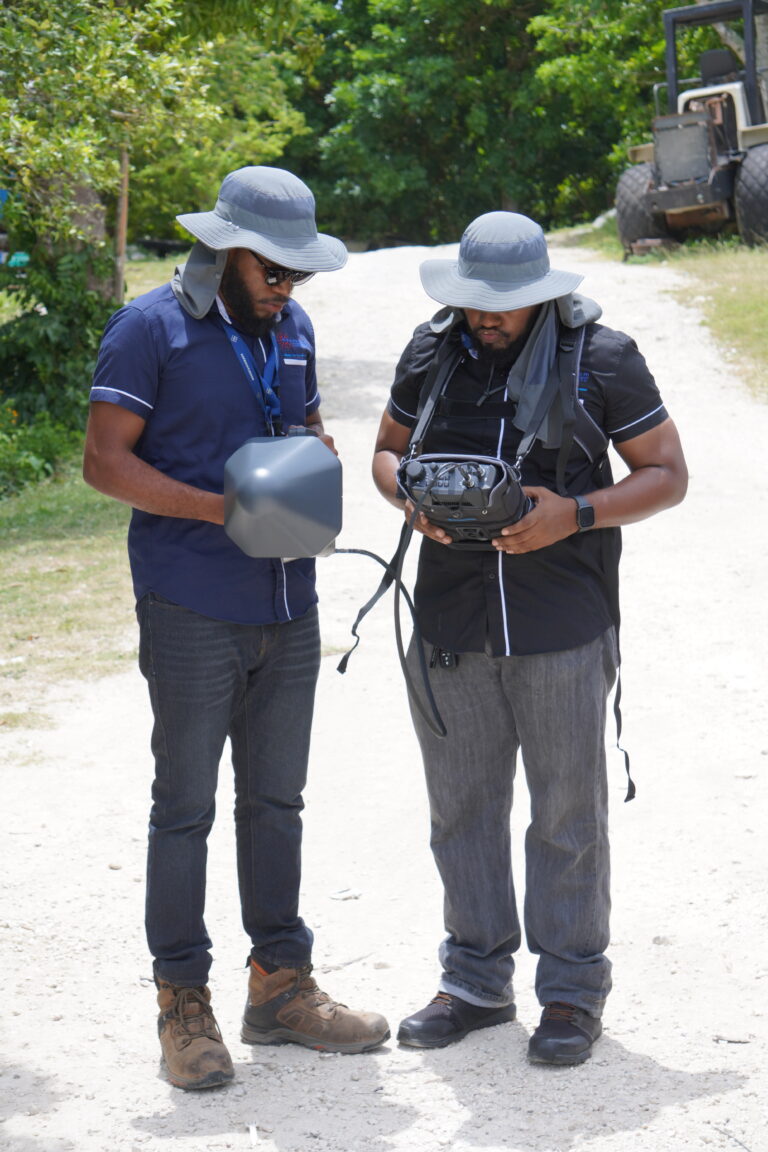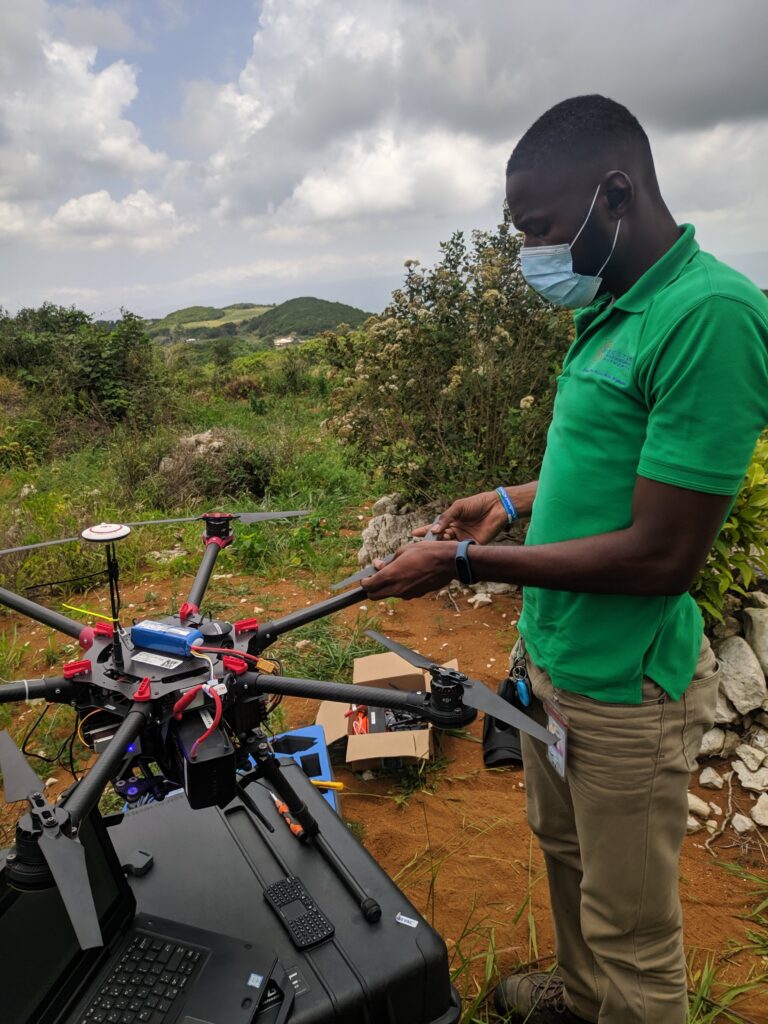Opening Hours: Mon – Fri: 8:00 am – 6:00 pm
Our monitoring and inspection function ensures compliance and optimal utilization of the spectrum, promoting efficient communication services for all.
Radio Frequency (RF) monitoring is not merely a technical task; it’s an essential cornerstone of modern security and communication infrastructures. By meticulously observing and analyzing the electromagnetic spectrum within specific frequency ranges, RF monitoring empowers the SMA to detect, identify, and accurately locate various signals that permeate our environment.
Think about it: in our increasingly connected world, where wireless communications are integral to daily operations, the ability to monitor RF signals is a game-changer. Whether for national security applications, safeguarding against potential threats, or ensuring efficient spectrum management, RF
monitoring equips the SMA with invaluable insights. It acts as an early warning system, enabling quick responses to unauthorized transmissions while ensuring compliance with regulatory standards.
Our RF monitoring equipment empowers us to thoroughly analyze the RF spectrum, providing invaluable insights into the electromagnetic landscape of Jamaica. This advanced capability is not just a technical advantage; it is a strategic asset that opens up numerous opportunities for optimization and innovation.
By harnessing this technology, we can effectively streamline communication channels, ensuring that information flows more efficiently across various platforms. Enhanced operational efficiency means reduced costs and improved service delivery — a win-win for businesses and consumers alike.


Our inspection process is the cornerstone of our commitment to excellence, meticulously designed to ensure strict adherence to compliance and quality standards. We understand that in today’s competitive landscape, maintaining high standards is non-negotiable.
With our team of skilled engineers at the helm, we meticulously evaluate every aspect of our operations, ensuring that every product and service not only meets but exceeds industry benchmarks. This rigorous protocol instills confidence not only in our processes but also in our stakeholders, clients, and customers.
In cases of non-compliance, the spectrum management authority has the power to take enforcement actions to ensure adherence to regulations and maintain a fair and efficient radio spectrum network.
Our team utilizes state-of-the-art equipment and technology to ensure efficient and accurate spectrum monitoring and inspection processes. With our advanced tools, we can effectively detect and resolve any interference issues, ensuring a reliable and interference-free radio spectrum network.
The Spectrum Monitoring Authority (SMA) confidently leverages a sophisticated network of 16 fixed Remote Monitoring Directional Finding Systems (RMDFS) strategically placed across the island. This robust infrastructure is critical in detecting and mitigating illegal spectrum use, enhancing the reliability of our communication networks.
As we embrace the Advanced Television Standards Committee (ATSC) 3.0 television broadcast standard, our RMDFS tools play a pivotal role in supporting mobile operators, broadcasters, and digital terrestrial television (DTTV) broadcasters in overcoming network challenges.
In addition, our team employs a range of spectrum devices, from handheld units to drones, ensuring we stay at the forefront of spectrum management. With these cutting-edge technologies, SMA is committed to nurturing a resilient and thriving wireless communications industry.


Help us resolve the issue quickly! Providing detailed information about the interference enables us to: Identify the source of the problem Determine the cause of the interference Restore clear communication signals Your report is crucial in resolving interference issues efficiently.
Aeronautical radio refers to the use of radio communication systems in aviation, including communication between aircraft and air traffic control.
To obtain an aeronautical radio license, you need to submit an application to the spectrum management authority and meet the necessary requirements.
Aeronautical radio uses various frequencies allocated specifically for aviation, including VHF (Very High Frequency) and HF (High Frequency) bands.
Aeronautical radio enables efficient and reliable communication between aircraft and ground control, ensuring safe and smooth air traffic operations.
Yes, there are certain regulations and restrictions on the use of aeronautical radio to ensure proper coordination and prevent interference with other communication systems.